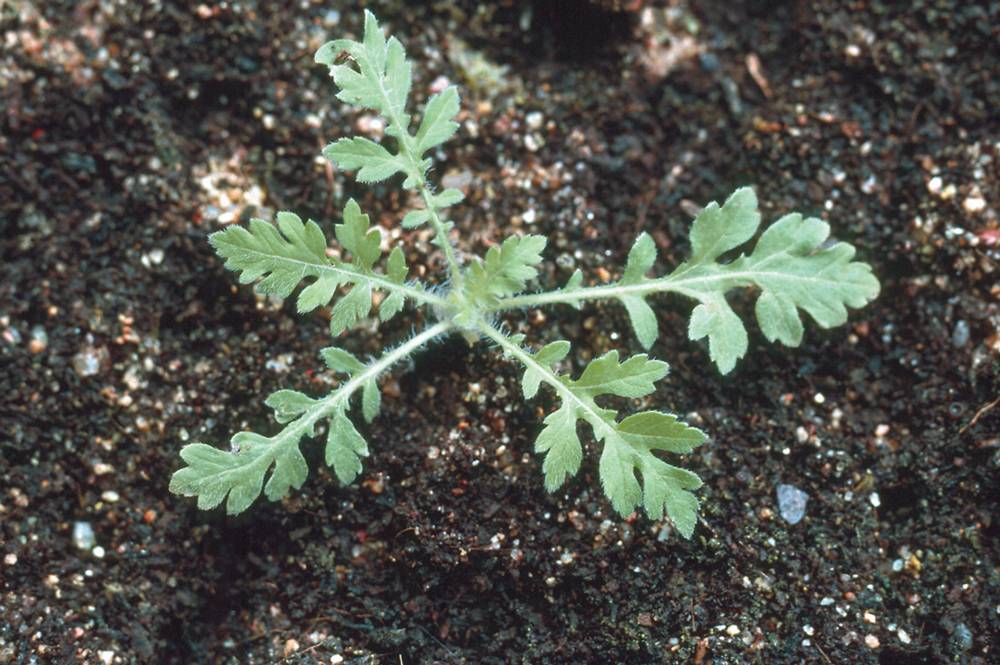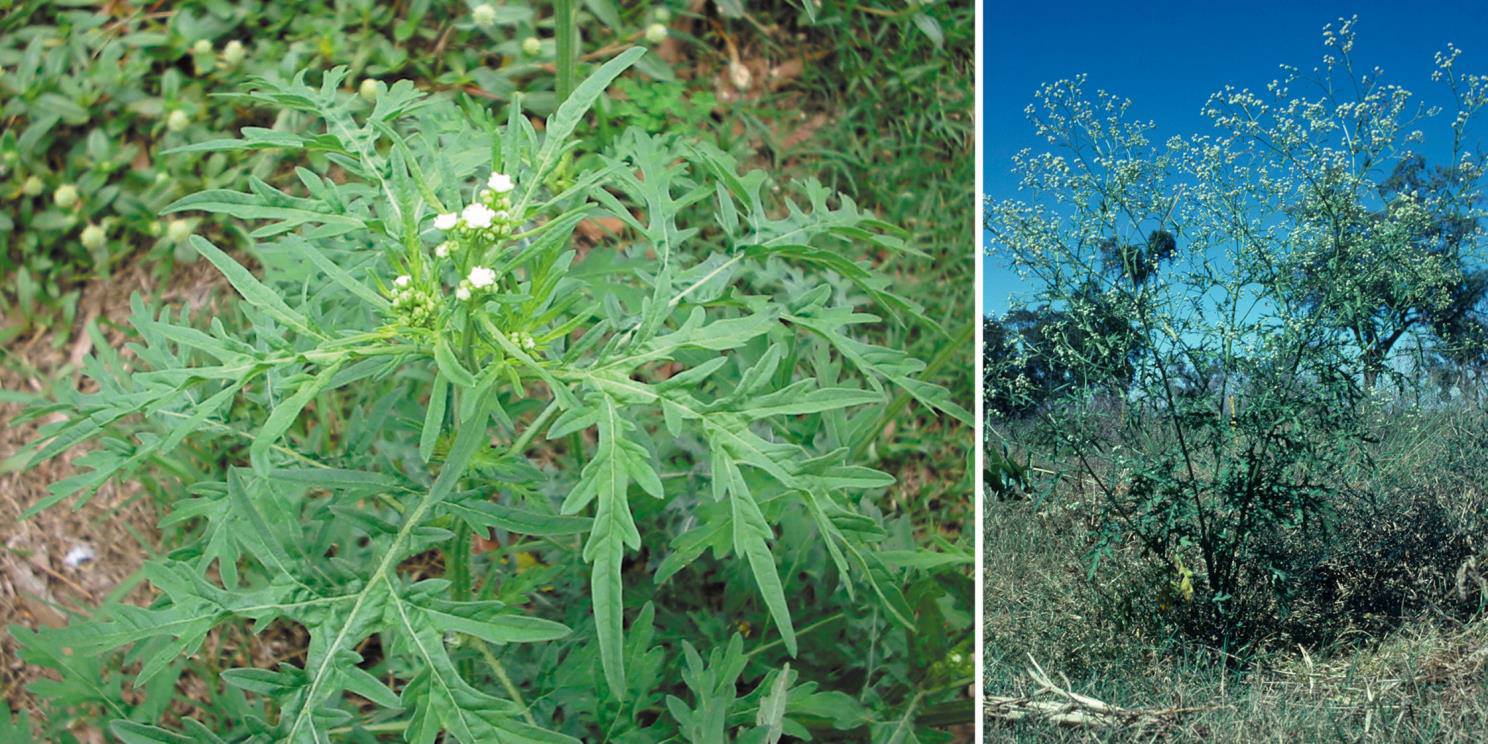Priority weeds of the Murray & Riverina - Parthenium weed
06 May 2022
PRODUCTION ADVICE & NRM NEWS - MAY 2022 - INVASIVE SPECIES
By Tara Pitman, Regional Weeds Coordinator
P: 02 6051 2250 | M: 0448 390 288 | E: tara.pitman@lls.nsw.gov.au


Thankfully Parthenium weed (Parthenium hysterophorous) is not currently in the Murray region… and we're rather keen to keep it that way!
Native to the Caribbean, southern USA and Central America, Parthenium weed was introduced to central Queensland in the 1950s in contaminated pasture seed from Texas.
Spread by seeds, those seeds close to the soil surface germinate readily, however buried seeds can remain dormant for many years.
Parthenium weed is a fast-growing plant with small white flowers. It can cause allergic reactions in humans and is a serious agricultural weed.
Parthenium weed grows quickly, which is what makes it such a difficult weed to control. It out-competes other plants by competing for nutrients and moisture and by releasing chemicals into the soil that inhibit growth.
Parthenium weed:
- causes human and livestock health problems
- is unpalatable to stock
- outcompetes degraded or drought-affected pastures
- reduces carrying capacity
- competes with crop seedlings including sunflowers and sorghum
- reduces crop yields
- contaminates grain
- is a host for crop viruses.
How can I tell if it’s on my property?
Parthenium weed is an erect annual herb, it usually grows between 1- 2 m tall.
Leaves are pale green, covered with soft, fine hair and alternate on the stem. The lower leaves are 5 - 20 cm long and deeply divided while the upper leaves are less divided and smaller. Most leaves die after the plant flowers.
Seeds are dark brown or black, 1 - 2 mm across, flattened and triangular with two thin, white, spoon-shaped appendages.
Stems are grooved or ribbed, making them appear striped. The stems can be woody with age and are highly branched off the upper half of the main stem during flowering.
Before flowering, Parthenium weed can be mistaken for annual ragweed (Ambrosia artemisiifolia) and greater beggar’s ticks (Bidens subalternans.) During flowering, it can resemble bishop’s weed (Ammi majus) and hemlock (Conium maculatum).
What can you do?
Parthenium weed is classed as prohibited matter, so if you see it, report it! Call your local council weed officer or contact NSW DPI Biosecurity Helpline on 1800 680 244, or send an email (including photo if you have one) to weeds@dpi.nsw.gov.au
For more information - NSW WeedWise
Thanks to Petaurus Education Group and our local council weed officers at Greater Hume Council for this feature video: